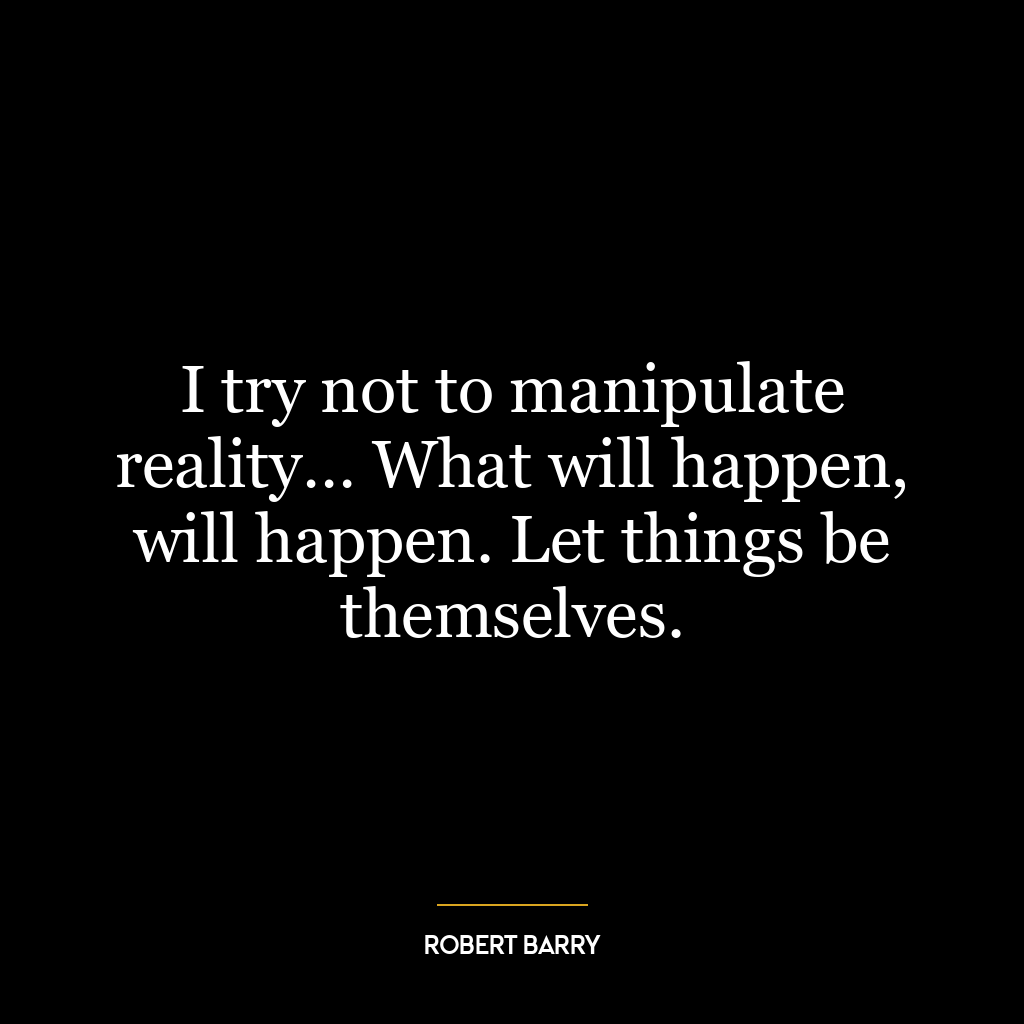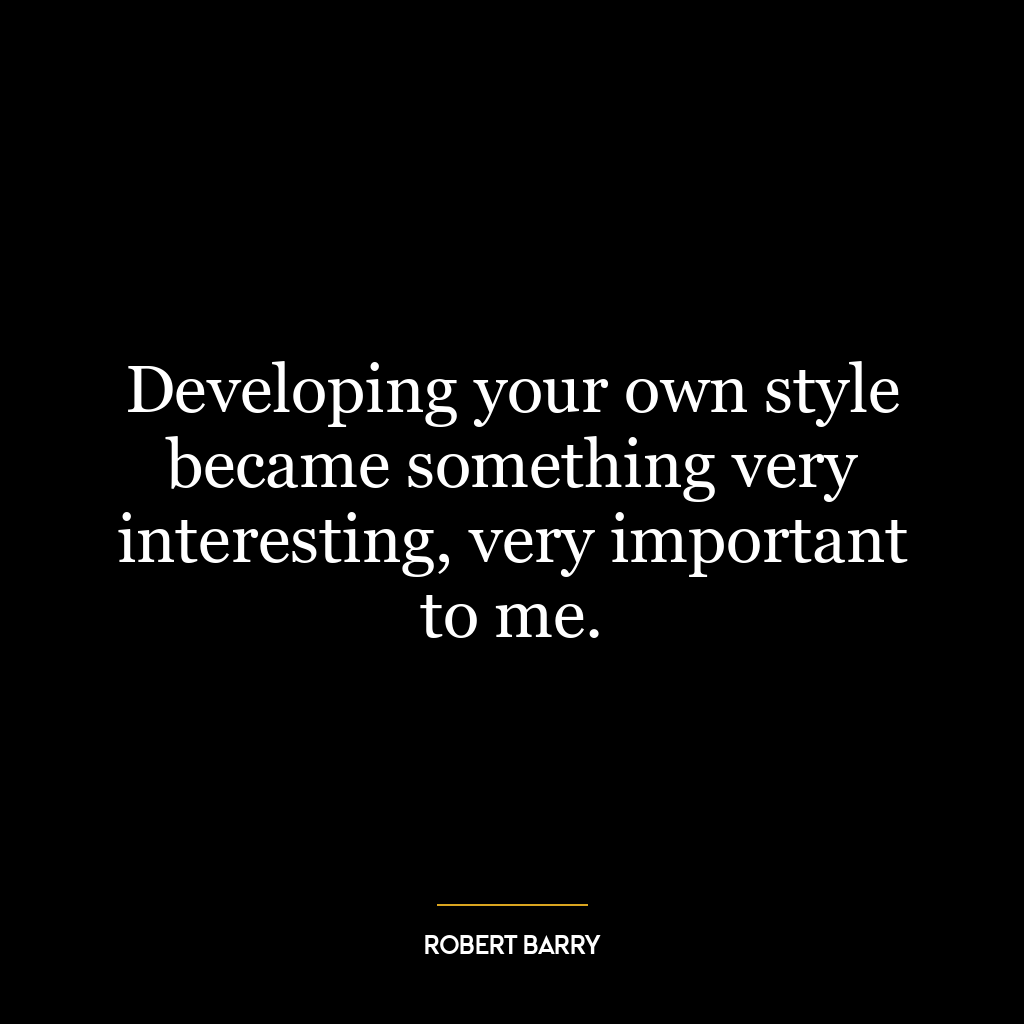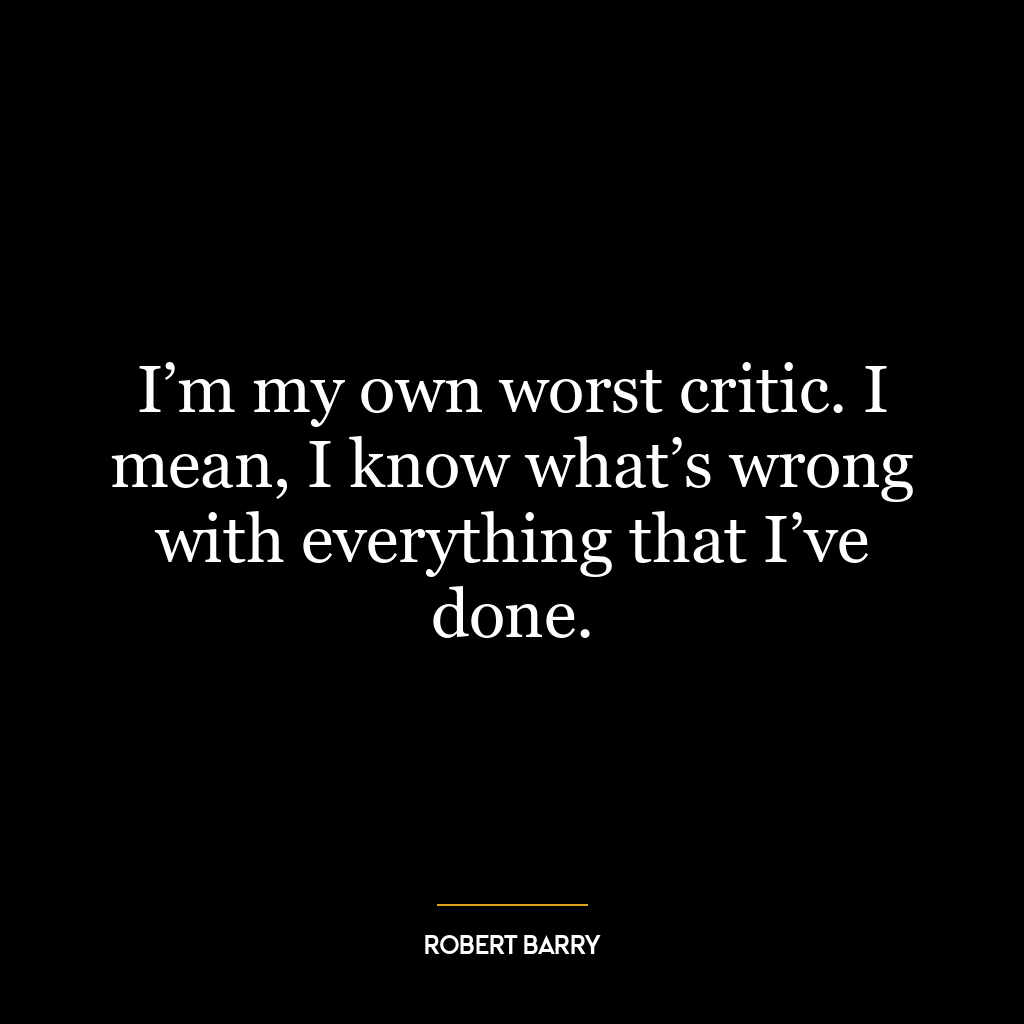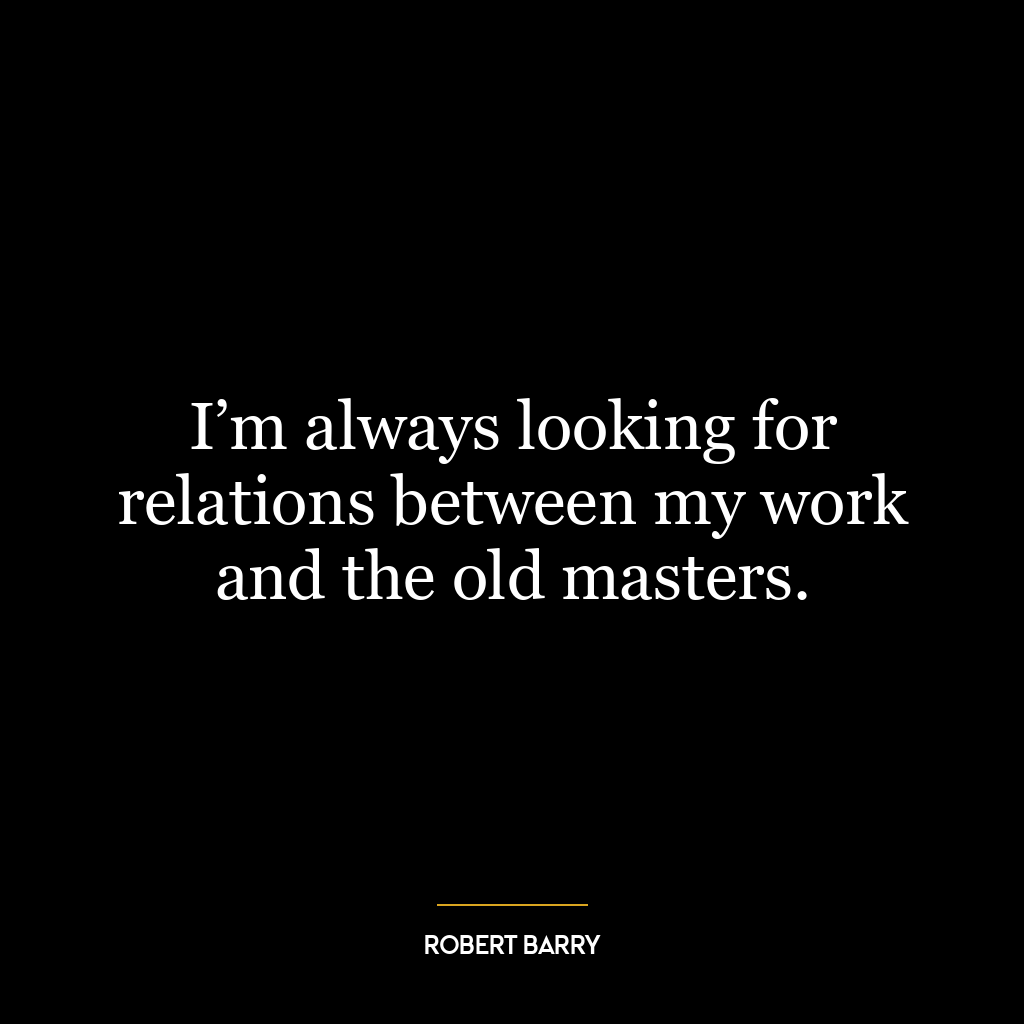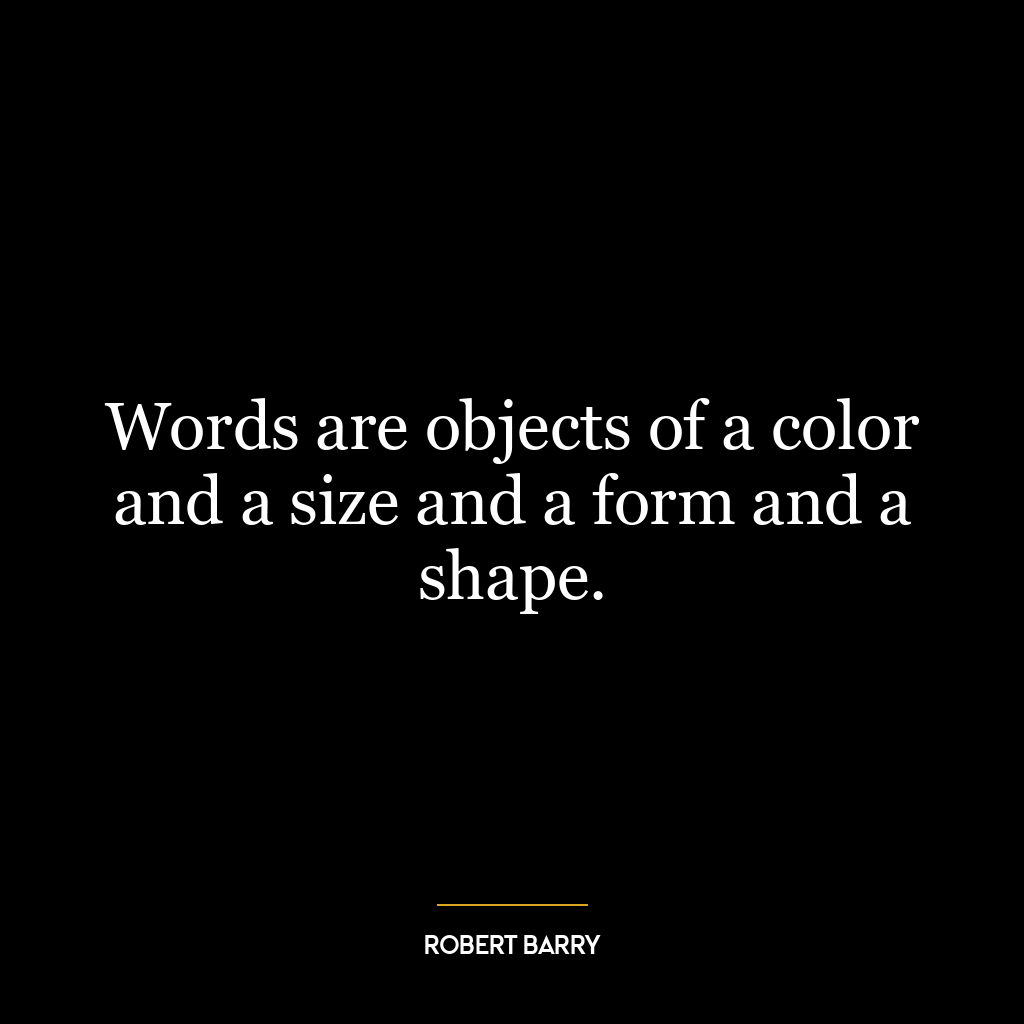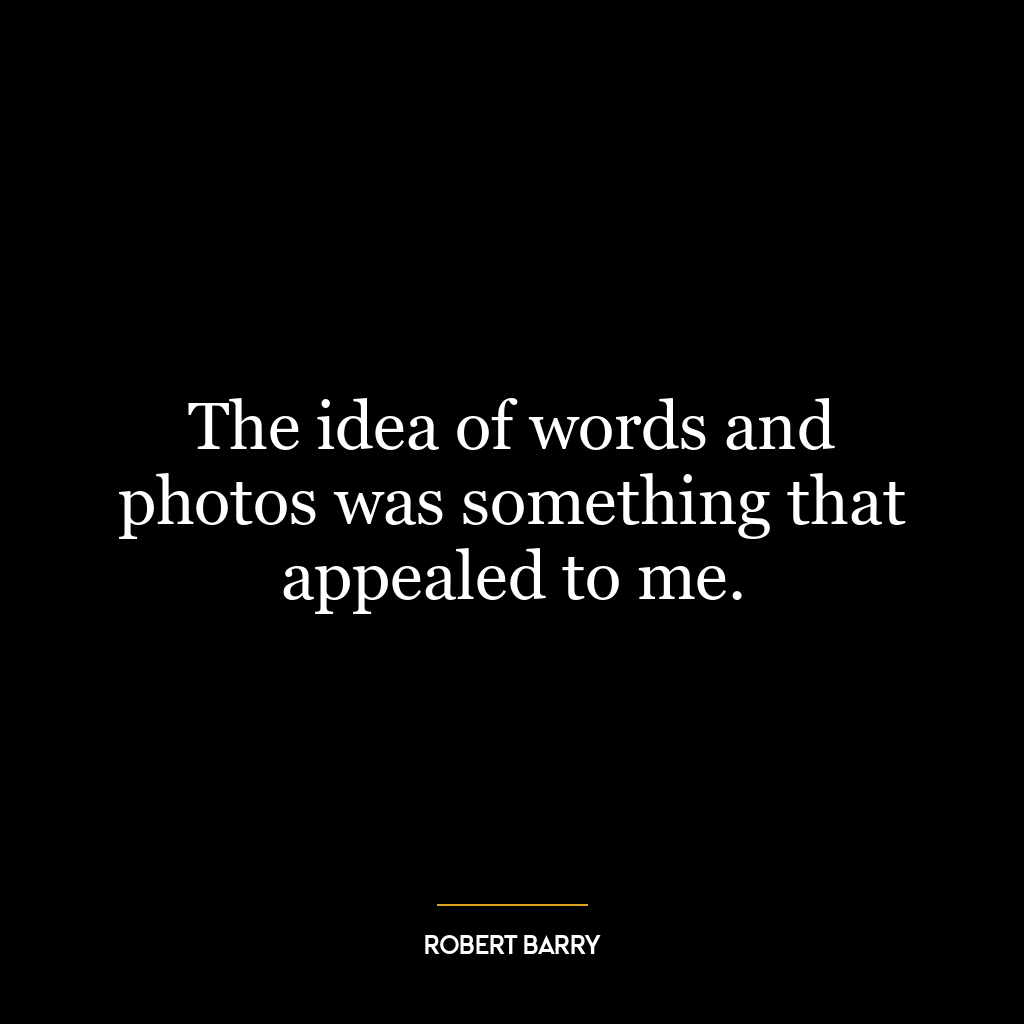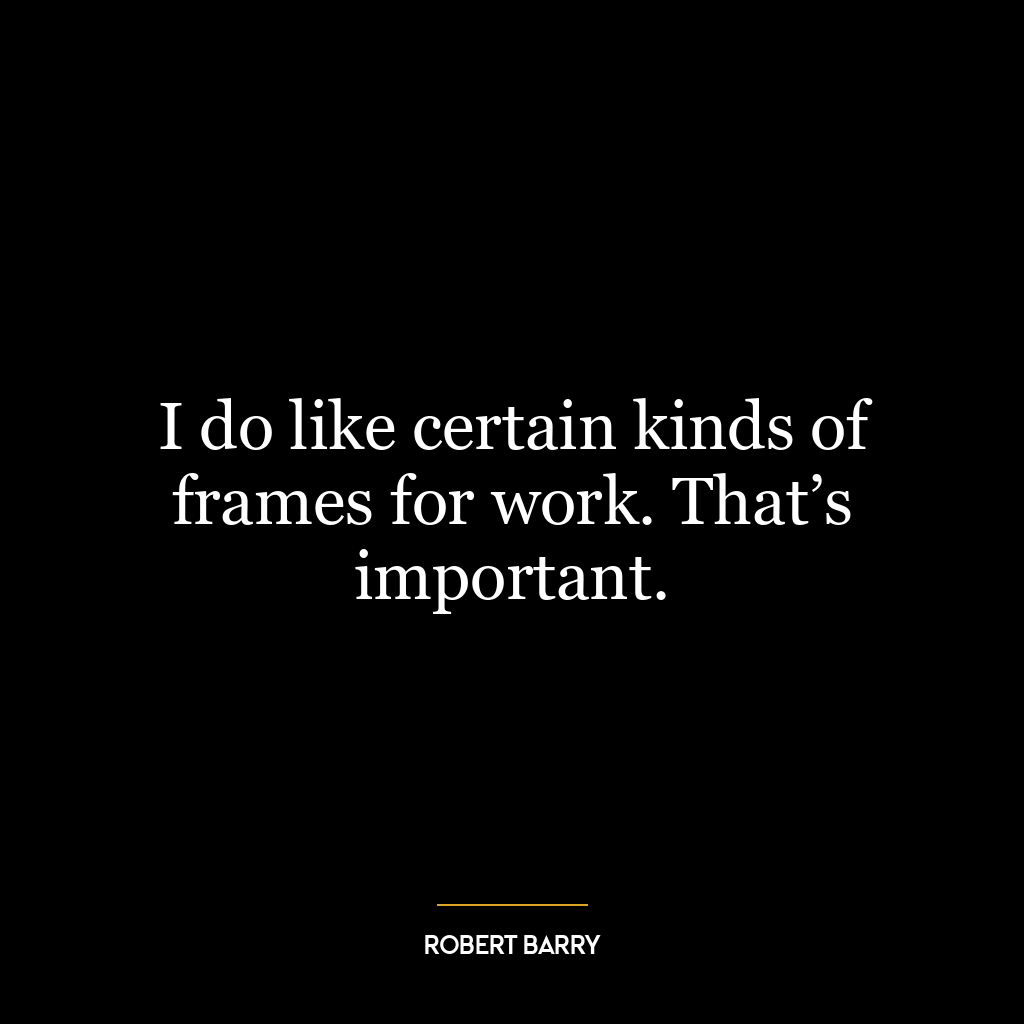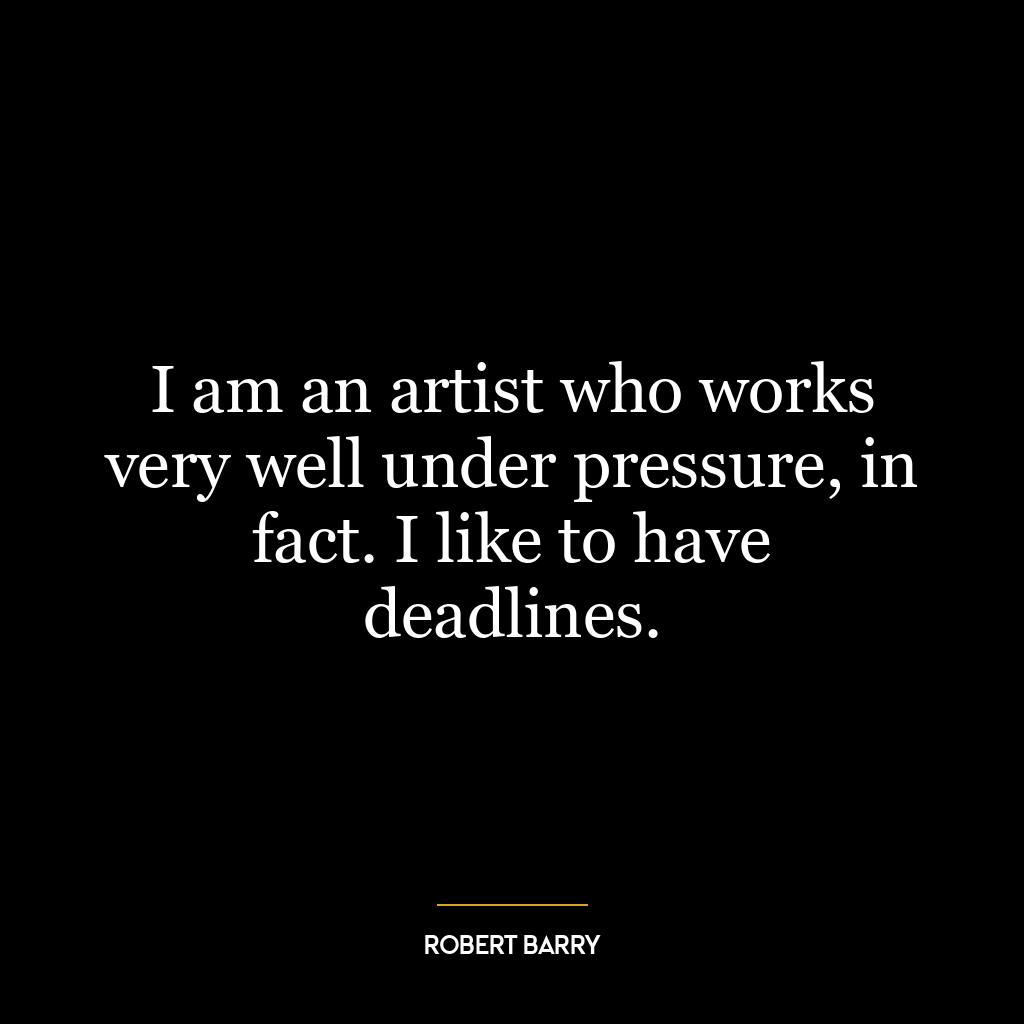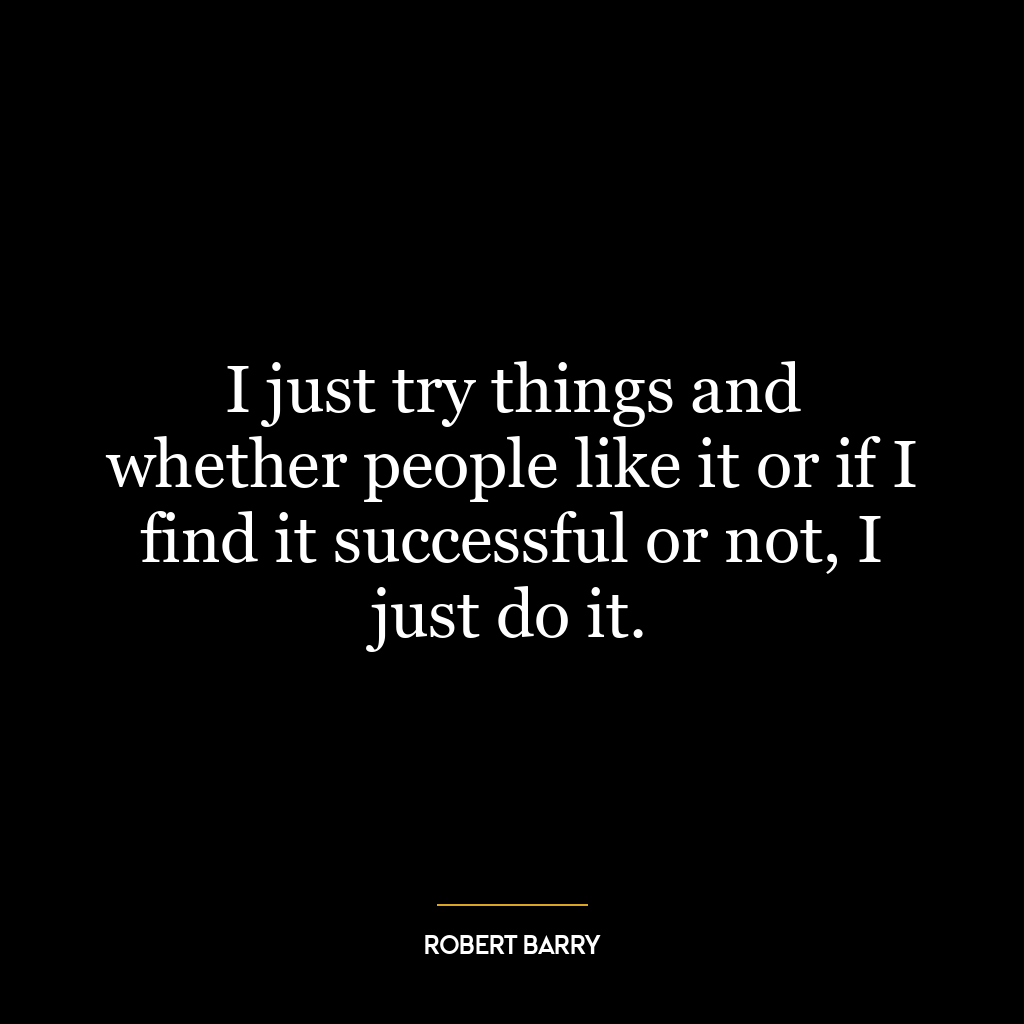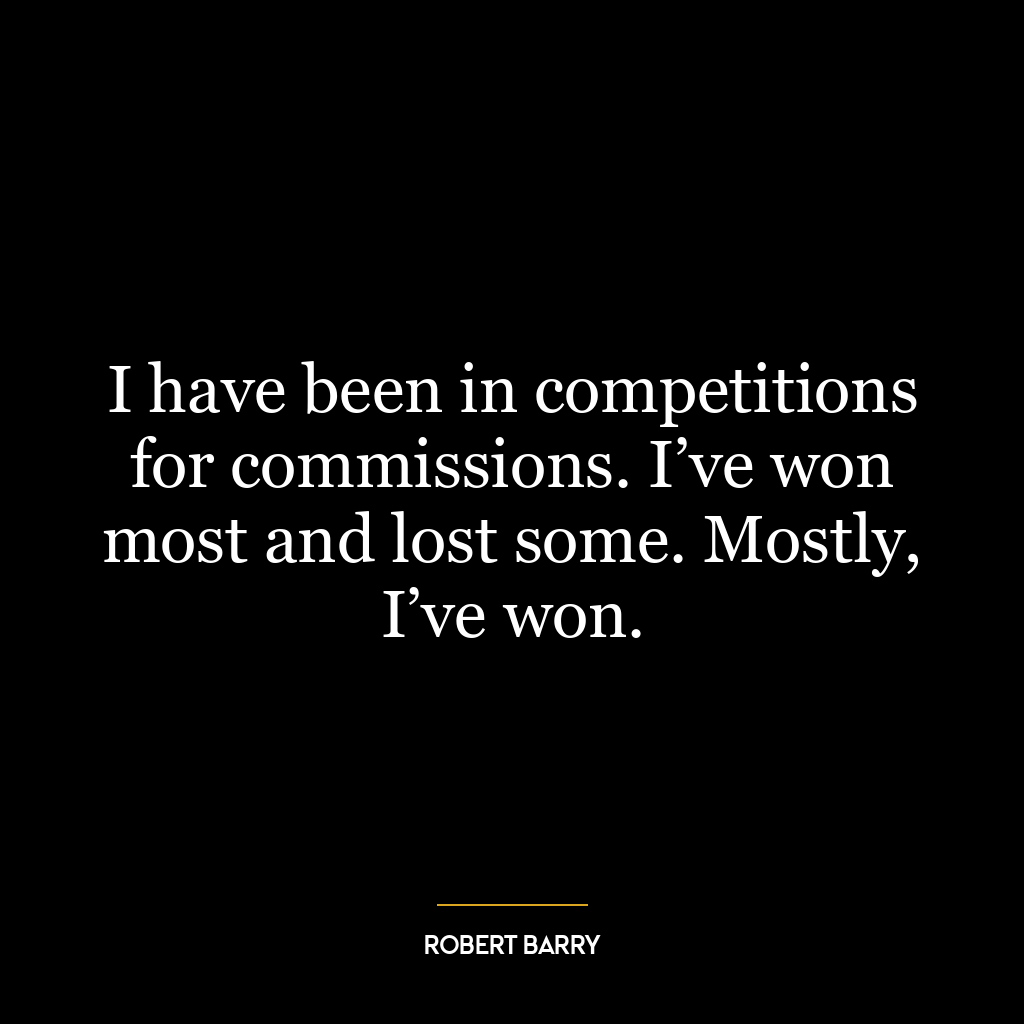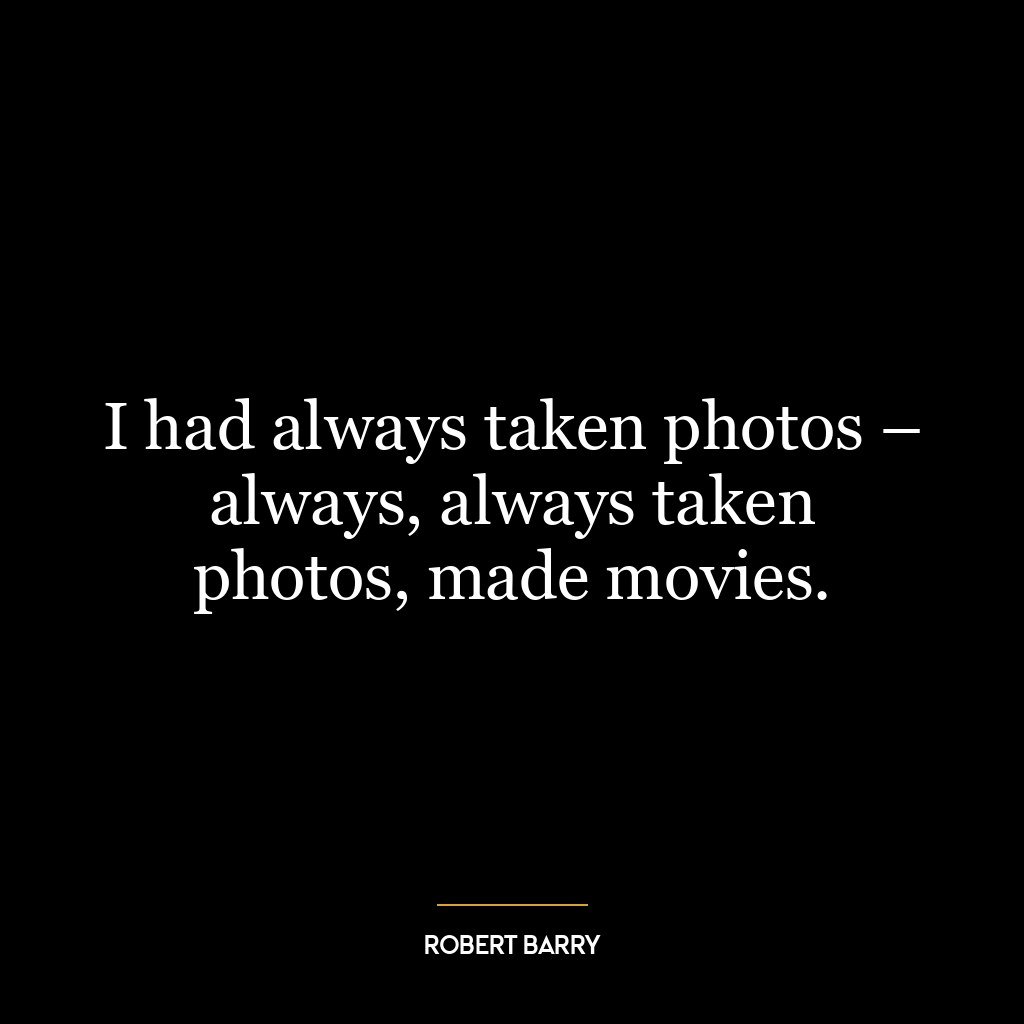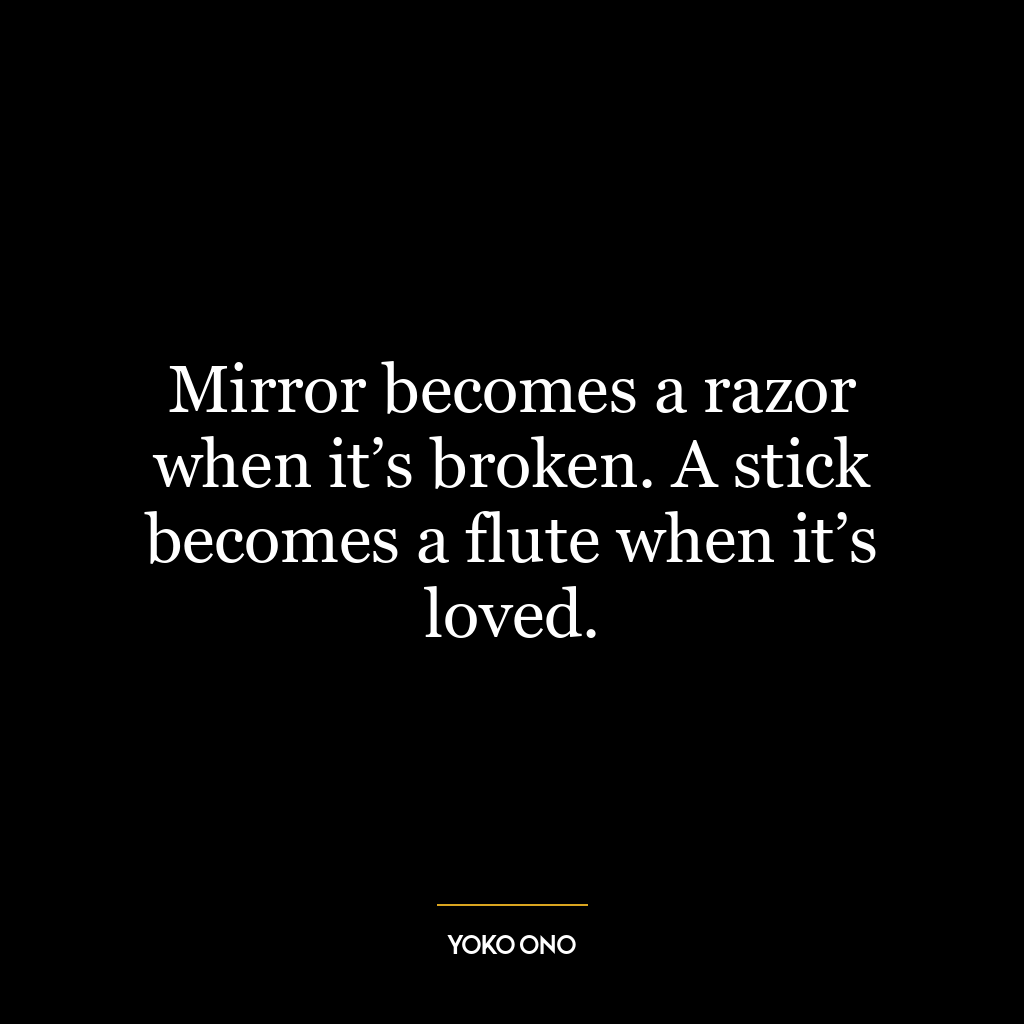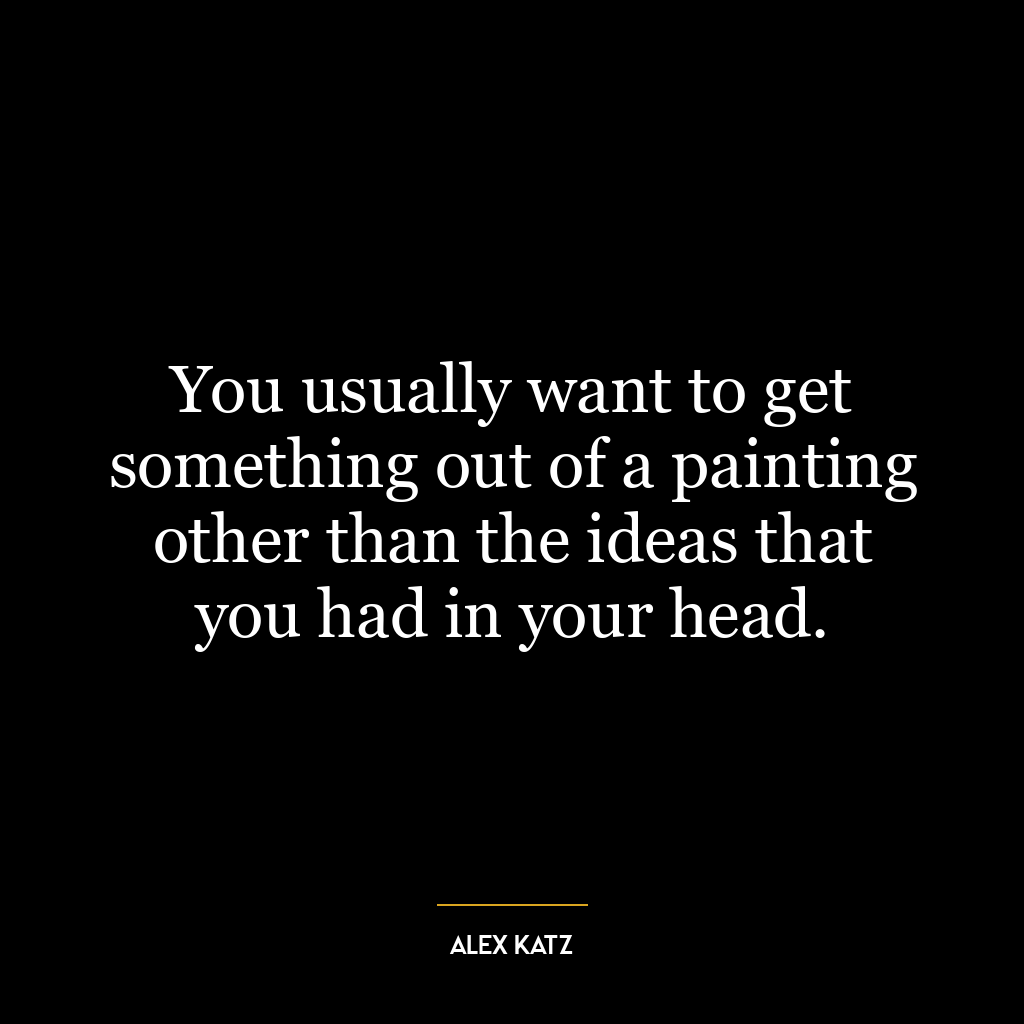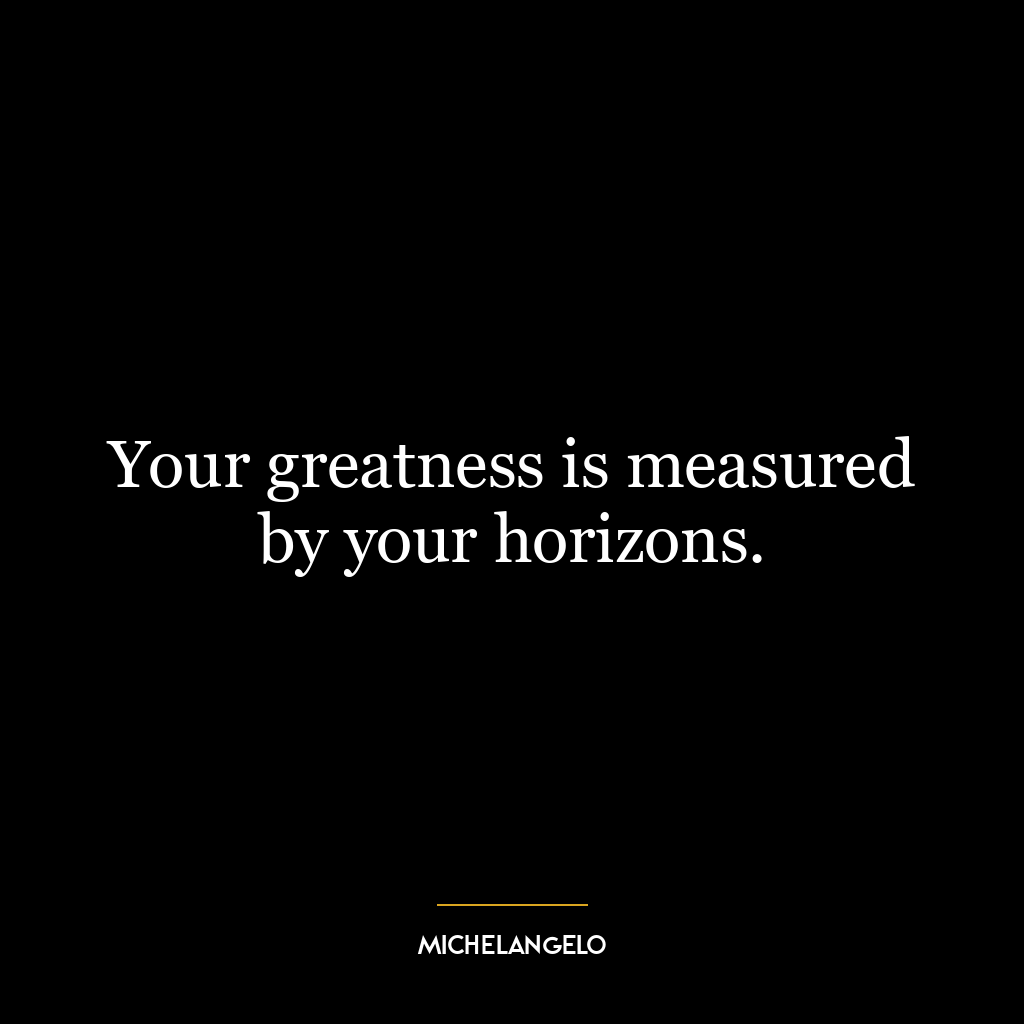Robert Barry Quotes
- Artist
- USA
- 1936
Robert Barry is an American conceptual artist known for his pioneering work in the field of conceptual art. He was born in 1936 in New York City and studied at Hunter College and Brooklyn College. Barry’s early works were influenced by minimalism and focused on the use of language and text in…Read More
Robert Barry is an American conceptual artist known for his pioneering work in the field of conceptual art. He was born in 1936 in New York City and studied at Hunter College and Brooklyn College. Barry’s early works were influenced by minimalism and focused on the use of language and text in art. He gained recognition in the 1960s for his “Inert Gas” series, which involved releasing invisible gases into the environment as a way to challenge traditional notions of art and its physical presence. Barry’s later works explored the relationship between art and perception, often using light, sound, and other sensory elements. Notable works include “Telepathic Piece” (1969), “Closed Gallery Piece” (1969), and “Inert Gas Series” (1969-1970). Barry’s work has been exhibited internationally and is held in numerous public collections, including the Museum of Modern Art in New York and the Tate Gallery in London. He continues to create thought-provoking and innovative works that challenge the boundaries of traditional art forms.Read Less
Robert Barry is an American conceptual artist known for his pioneering work in the field of conceptual art. He was born in 1936 in New York City and studied at Hunter College and Brooklyn College. Barry’s early works were influenced by minimalism and focused on the use of language and text in art. He gained recognition in the 1960s for his “Inert Gas” series, which involved releasing invisible gases into the environment as a way to challenge traditional notions of art and its physical presence. Barry’s later works explored the relationship between art and perception, often using light, sound, and other sensory elements. Notable works include “Telepathic Piece” (1969), “Closed Gallery Piece” (1969), and “Inert Gas Series” (1969-1970). Barry’s work has been exhibited internationally and is held in numerous public collections, including the Museum of Modern Art in New York and the Tate Gallery in London. He continues to create thought-provoking and innovative works that challenge the boundaries of traditional art forms.
16 Insightful Robert Barry Quotes
Robert Barry Career Highlights
- Barry’s career began in the 1960s when he started experimenting with conceptual art, a movement that emerged as a reaction to the commercialization of art. He gained recognition for his early text-based works, which were often displayed in unconventional spaces such as galleries, streets, and even the sky.
- In 1969, Barry participated in the groundbreaking exhibition “When Attitudes Become Form” at the Kunsthalle Bern in Switzerland, which showcased the work of emerging conceptual artists. This exhibition solidified his position as a leading figure in the conceptual art movement.
- Throughout the 1970s, Barry continued to push the boundaries of art by exploring the use of invisible materials such as radio waves, sound, and even thoughts. His work challenged the traditional notion of art as something tangible and visible, and instead focused on the conceptual and immaterial aspects of art.
- In the 1980s, Barry’s work took a more introspective turn as he began to explore themes of perception, language, and consciousness. He also started incorporating more visual elements into his work, such as drawings, photographs, and installations.
- In the 1990s, Barry’s work gained international recognition, and he was invited to participate in major exhibitions and biennials around the world. He also received numerous awards and grants, including the prestigious John Simon Guggenheim Memorial Fellowship in 1990.
- In the 2000s, Barry continued to create thought-provoking and innovative works, often collaborating with other artists and musicians. He also began to incorporate technology into his work, using digital media and the internet to explore new forms of expression.
Key Contributions by Robert Barry
- Barry’s most significant contribution to the art world is his pioneering work in conceptual art. He was one of the first artists to embrace this movement and helped to establish it as a legitimate form of art.
- His use of language and text in his works challenged traditional notions of art and opened up new possibilities for artistic expression. He also explored the use of invisible materials, pushing the boundaries of what is considered art.
- Barry’s work has had a significant influence on subsequent generations of artists, and his ideas continue to inspire and shape the contemporary art world.
- He has also been a vocal advocate for the importance of conceptual art, often giving lectures and talks on the subject and participating in panel discussions and debates.
What Sets Robert Barry Apart
- One of the key aspects that set Robert Barry apart from other artists is his ability to constantly push the boundaries of art and challenge traditional notions of what art should be. He has never been afraid to experiment and explore new forms of expression, making him a true innovator in the art world.
- Barry’s work is also characterized by its simplicity and minimalism. He often uses just a few words or a single image to convey complex ideas, making his work accessible to a wide audience.
- His use of invisible materials and exploration of immaterial concepts sets him apart from other artists and makes his work truly unique and thought-provoking.
Takeaways
- Robert Barry’s career highlights the importance of constantly pushing the boundaries of art and challenging traditional notions of what art should be.
- His work also highlights the power of language and the use of invisible materials in art, showing that art can exist beyond the physical realm.
- Barry’s work serves as an inspiration for artists to think outside the box and explore new forms of expression, pushing the boundaries of what is considered art.



